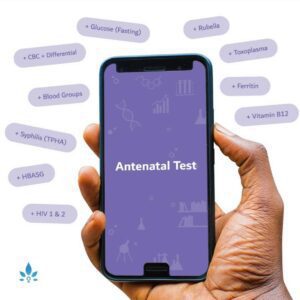One in Every 59 Children is Diagnosed With Autism


According to new estimates by the U.S. Centers for Disease Control and Prevention (CDC), about 1 in 59 children have been identified as having an autism spectrum disorder (ASD). This is a 15 percent increase since the last numbers were released in 2016.
Autism is a lifelong developmental disability involving deficits in social communication and social interaction plus restricted, repetitive patterns of behavior, interests, or activities.
The rates ranged from 1 in 77 children in Arkansas to 1 in 34 in New Jersey, although researchers suggest the disparity might be caused by better record collection in various states. By gender, boys were diagnosed nearly four times more often than girls, with 1 in 37 males considered to be on the autism spectrum. While ASD occurs in all racial, socioeconomic, and ethnic groups, the diagnosis of ASD is made more frequently in white children compared with black or Hispanic children.
According to the CDC, nearly half of those with autism have an average or above-average IQ. Nearly a decade ago, only one-third of children on the autism spectrum fell within that range. Because the diagnosis has now evolved into a spectrum, this may be a contributor to the alarming uptick in ASD prevalence. Additionally, more children are being diagnosed with autism due to an increased awareness by physicians and the general public.
The data used ASD case definitions based on the Diagnostic and Statistical Manual of Mental Disorders, Five Edition, Text Revision (DSM-IV-TR) diagnostic criteria, which were the most current and gold-standard criteria.
It is known that early screening, identification, and referral for intervention are essential regarding autism. Earlier diagnosis and intervention can considerably improve children’s long-term development and social behavior outcomes. However, connecting children to developmental services should not rely solely on diagnosis such as autism. If you have concerns about your child’s ability to communicate or developmental progress, bring this to the attention of your child’s pediatrician as soon as possible.
Sources:
- American Psychiatric Association
- Diagnostic and statistical manual of mental disorders
- 5th ed
- Arlington, VA: American Psychiatric Association; 2013.
Centers for Disease Control and Prevention - CDC Increases Prevalence of Autism.
Centers for Disease Control and Prevention - Autism Spectrum Disorder: Data & Statistics.
Centers for Disease Control and Prevention - Community Report on Autism 2014
- Autism and Developmental Disabilities Monitoring Network.
Powered by Bundoo®













































